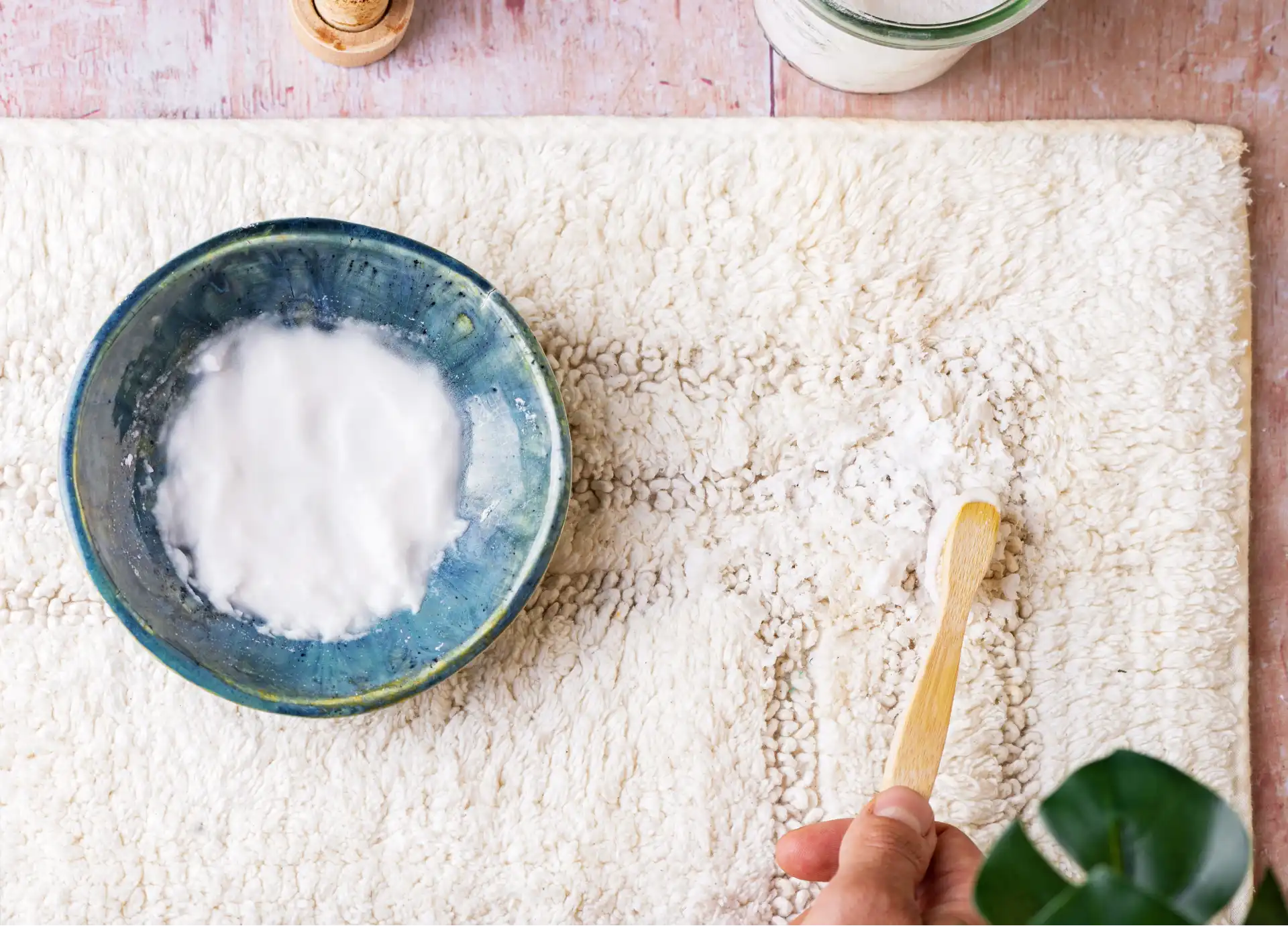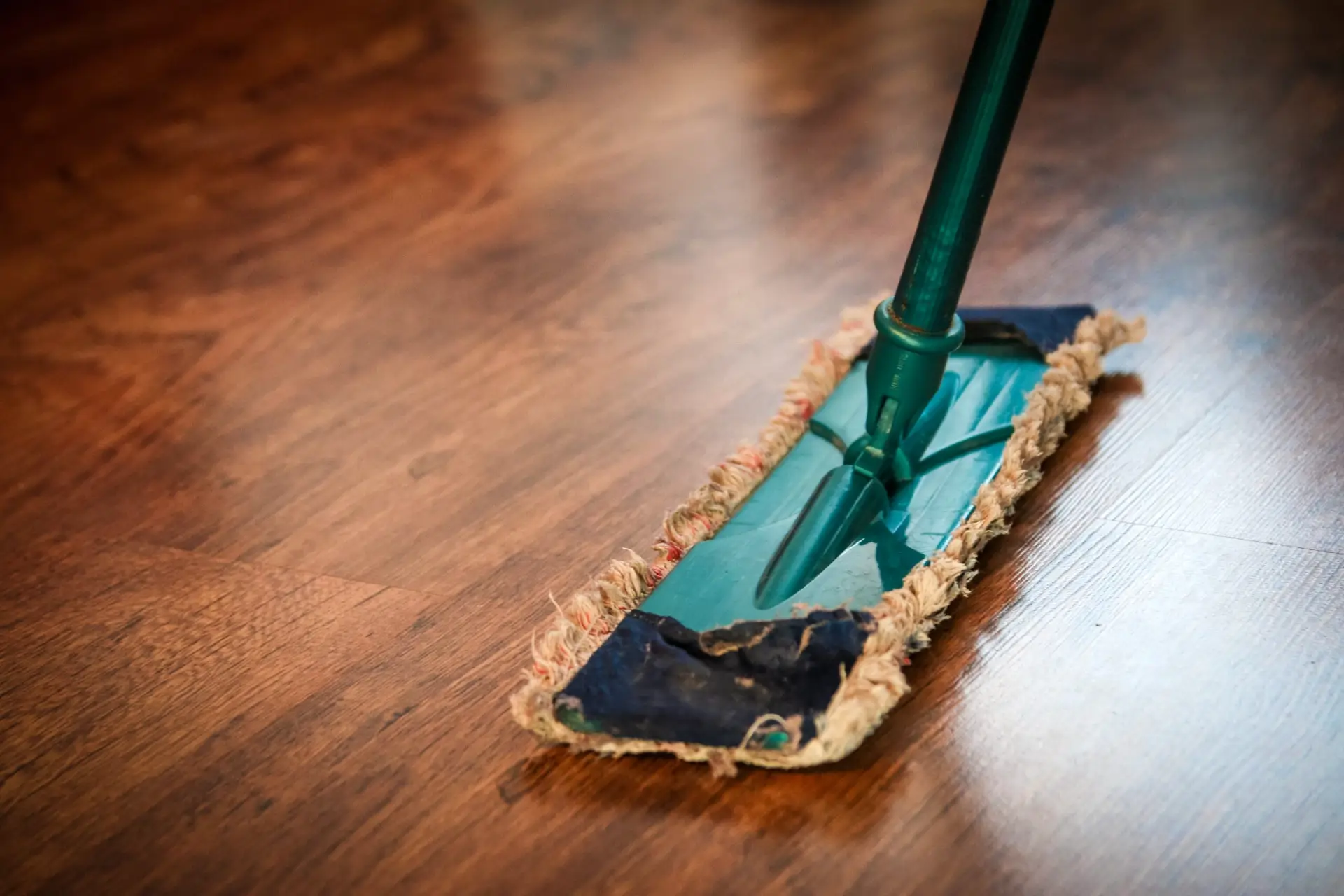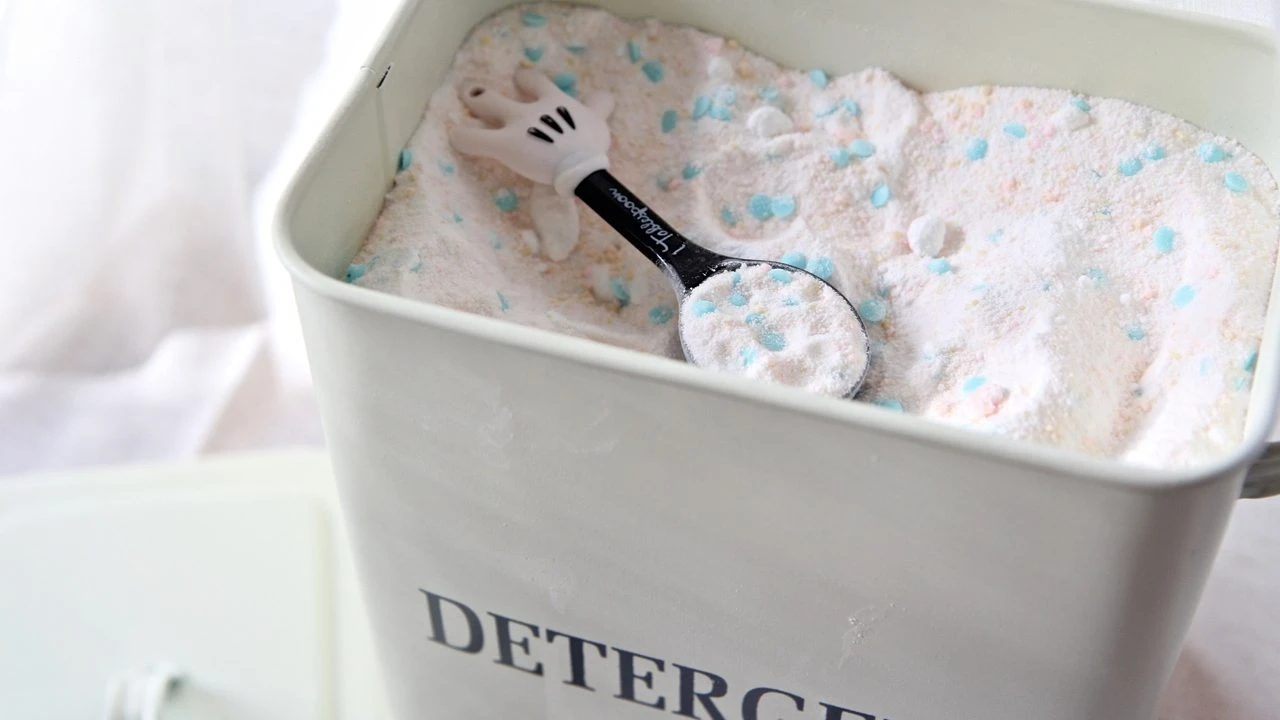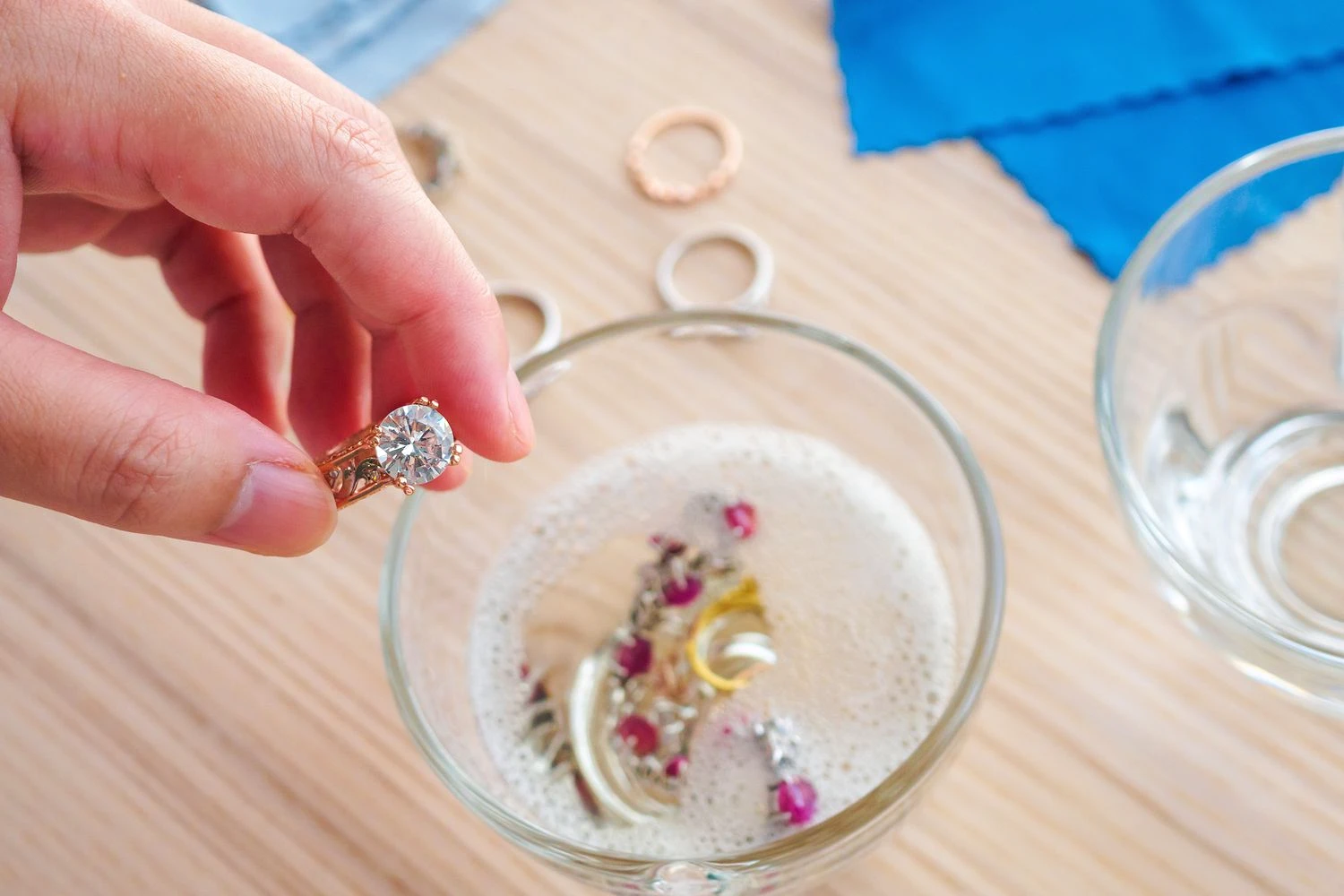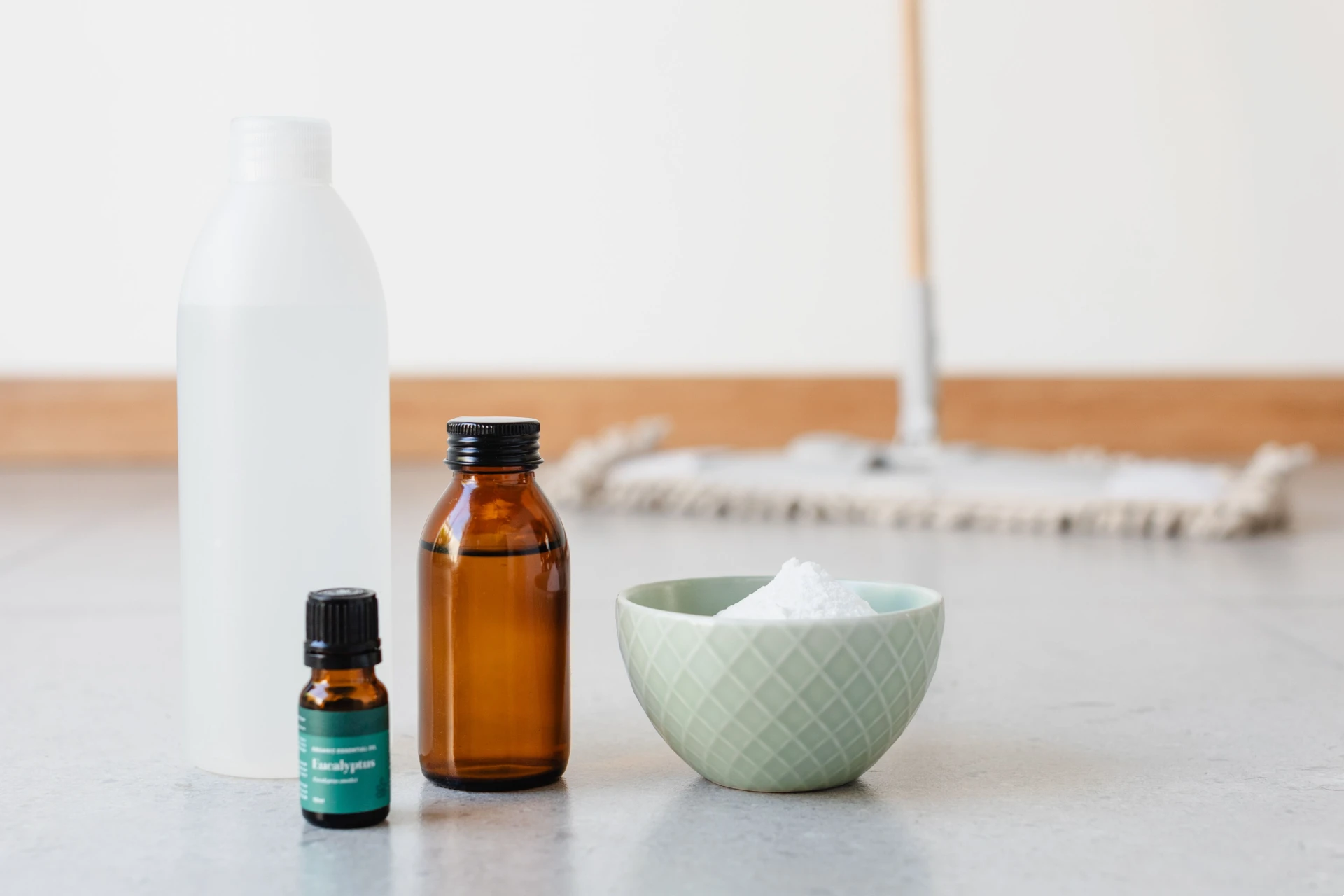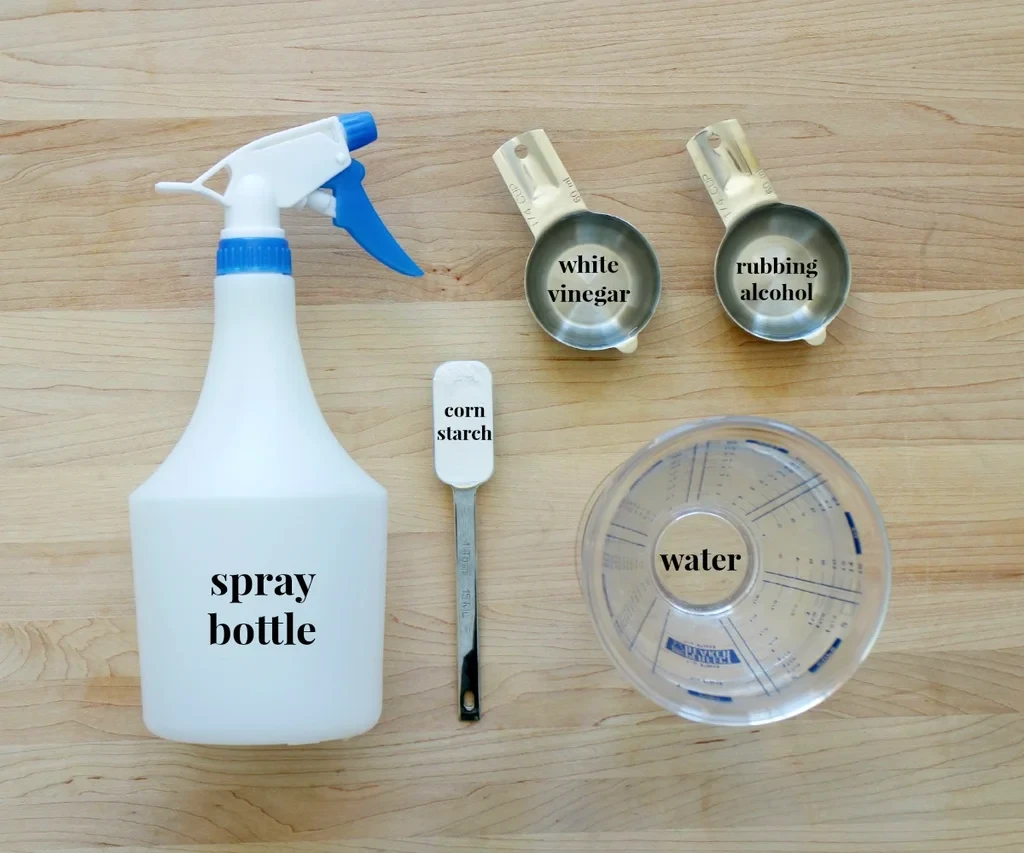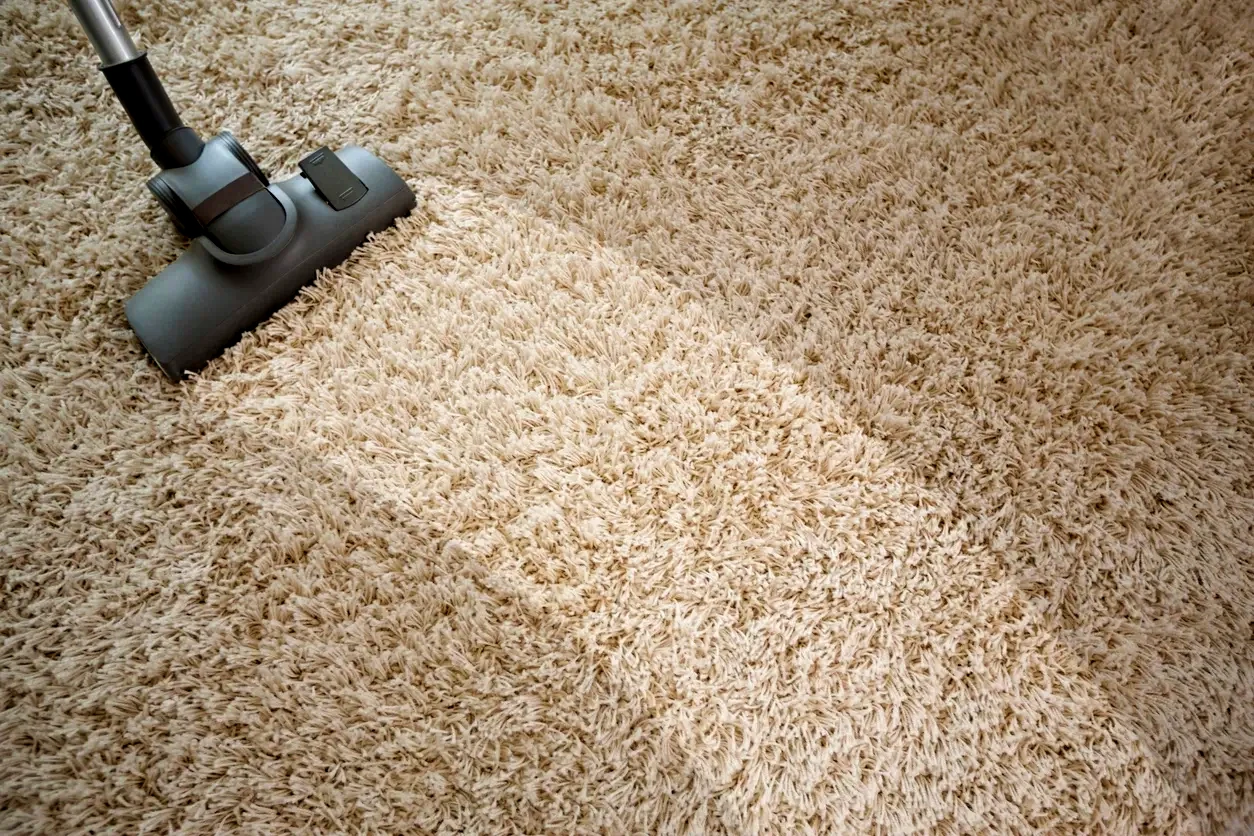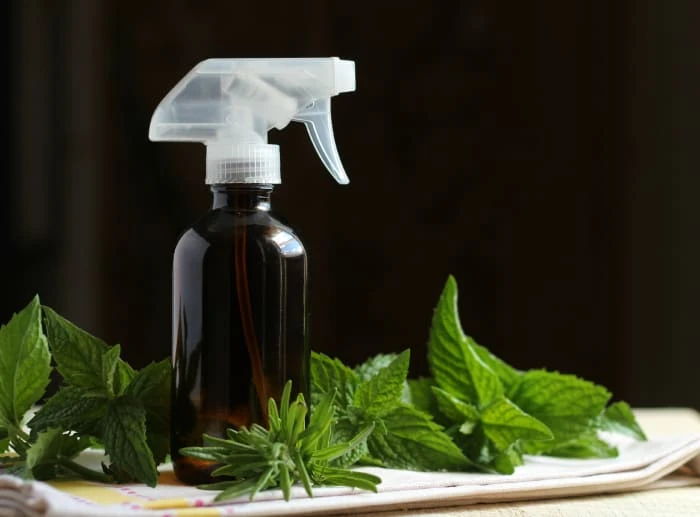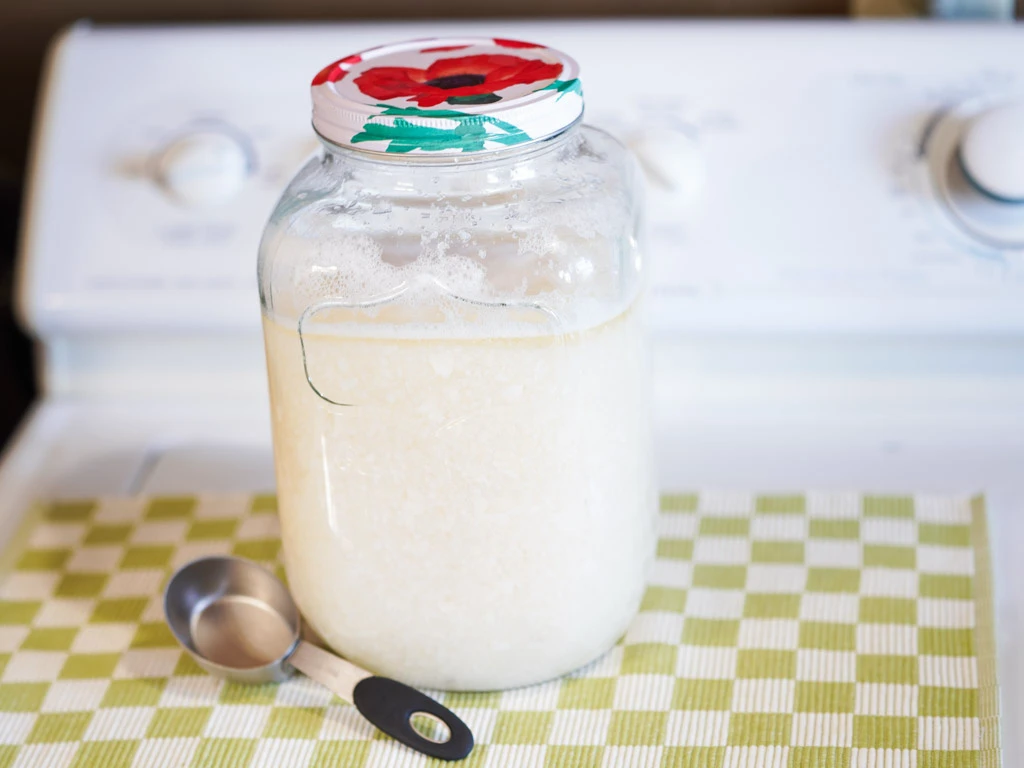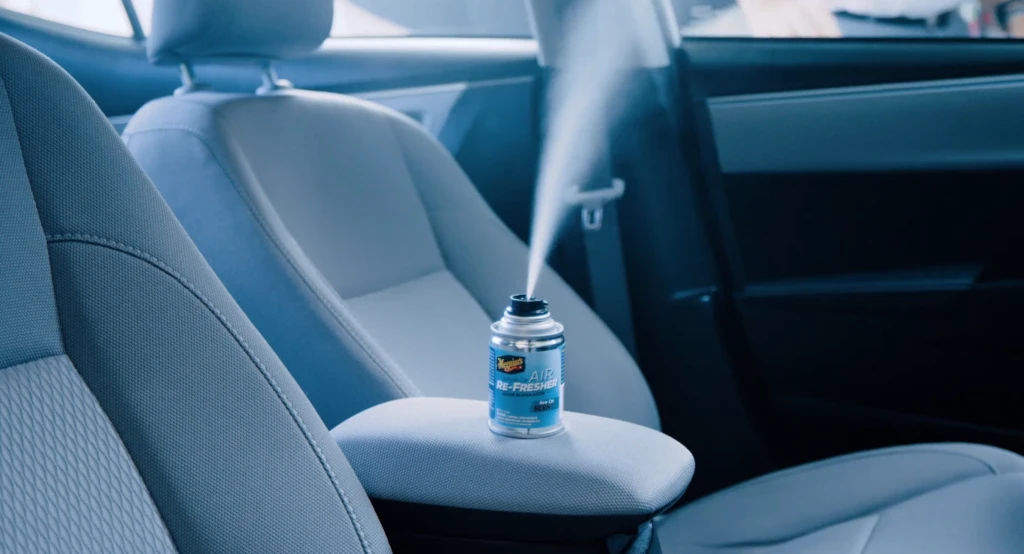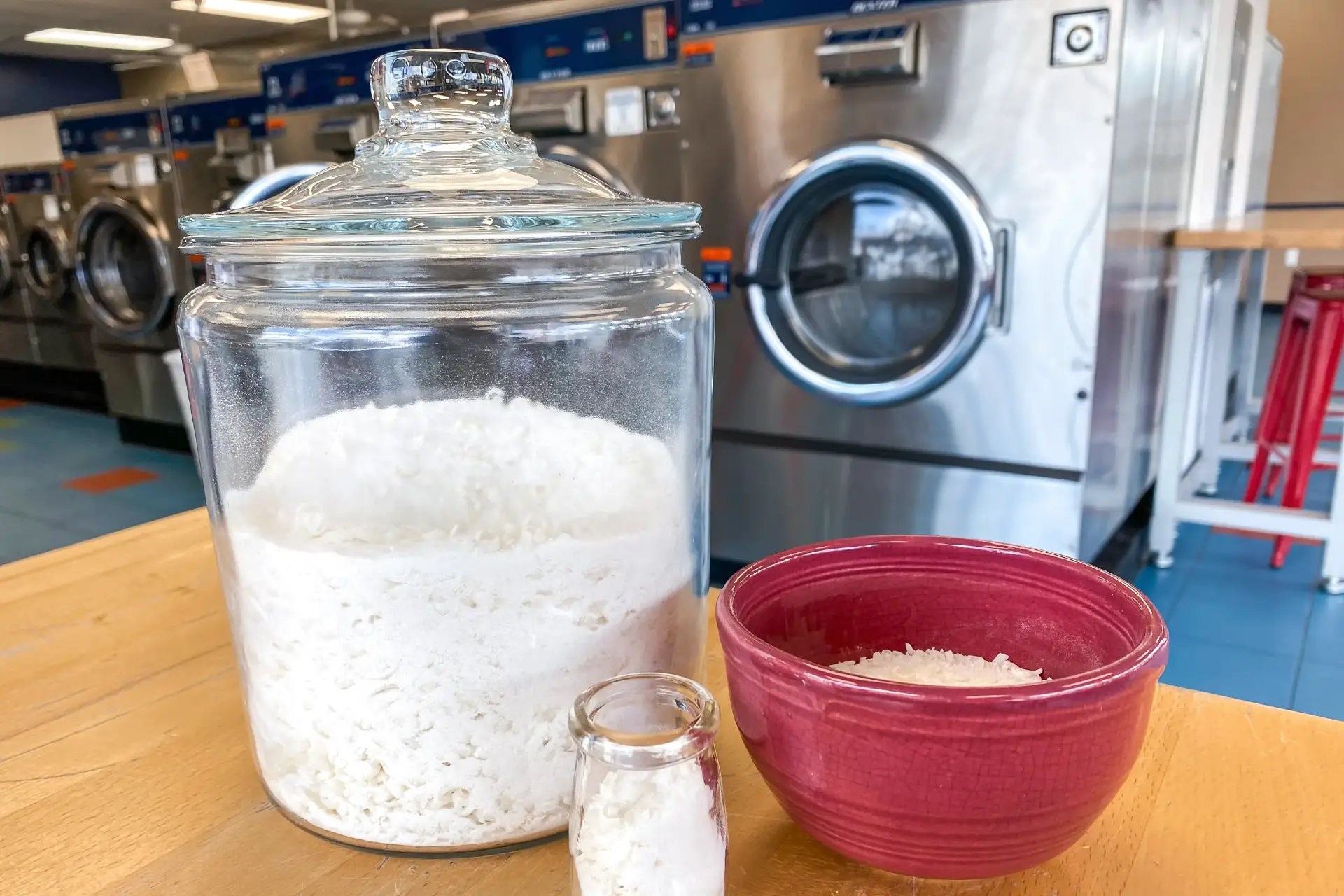Ever sprayed Windex or some random grocery store cleaner and instantly felt like you just inhaled jet fuel? And don’t get me started on those never-ending streaks. Turns out, a ton of folks in the U.S. are ditching that toxic nonsense for a homemade glass cleaner recipe that’s cheaper, better for the planet, and at least you know exactly what’s in it.
So here’s the deal: I went full kitchen scientist and tried out three different glass cleaner recipes. There’s the OG mix, the classic vinegar one everyone’s grandma swears by, and one that’s basically the Hulk when it comes to greasy fingerprints. I’ll spill the results, how-tos, what actually works, and the mistakes I made so you don’t have to
Benefits of DIY Glass Cleaner Recipe
Cost-Effective
Grabbing those overpriced bottles of name-brand cleaner every month is just draining my wallet at this point. I swear, whipping up a batch of glass cleaner homemade recipes barely scrapes a buck, seriously. Most of the stuff you need? Vinegar, rubbing alcohol, and cornstarch they’re probably lurking somewhere in your pantry already. Why pay more for fancy labels?
Customizable
Store-bought glass cleaners stick to one formula. Making your own at home is different. With a DIY glass cleaner recipe, you can tweak ingredients. Add lavender or peppermint for fragrance. Need faster drying? Increase the alcohol. It is way more flexible.
Best For Sensitive Homes
Nobody tells you this stuff: those “fresh-scented” ammonia cleaners? They’re murder on your grandma’s lungs. Ask me how I found out—my poor abuelita was hacking every time I wiped the kitchen table. Ditching that chemical parade for homemade glass cleaner made a huge difference. Less coughing, fewer tears. live and learn, right?
Pet and Kid Friendly
Pets and toddlers crawl everywhere, touching glass doors, windows, and mirrors. A homemade glass cleaner recipe means no harsh chemicals are left behind, making it safer when tiny hands or paws come in contact with freshly cleaned surfaces.
How The Ingredients Work
Vinegar
Vinegar contains acetic acid, which breaks down mineral deposits, fingerprints, and smudges. This is why a vinegar glass cleaner recipe is so popular.
Alcohol
Rubbing alcohol speeds up drying time. Since it evaporates quickly, it prevents streaking, making it ideal in a glass cleaner with vinegar recipe or a grease-fighting version.
Cornstarch
This may surprise you. Cornstarch’s fine particles cut through residues and give glass that polished, streak-free shine. I tested it on my kitchen windows, and it really worked.
Dish Soap
Just a single drop helps loosen oily fingerprints and greasy buildup. It also helps vinegar mix better with water.
Tip: Go easy on the dish soap. Even the tiniest squirt and boom bubbles everywhere. You get those weird soapy streaks that never seem to go away, no matter how much you wipe. Just one drop does the trick; dump in more and you’ll spend half your life rinsing off the slime. Trust me, less is totally more here.
Homemade Glass Cleaner Recipe (The Classic Formula)
Ingredients
- 1 cup water
- 1 cup vinegar
- 1 drop dish soap
Instructions
- Mix all ingredients in a spray bottle.
- Shake gently before use.
- Spray on mirrors, windows, or glass tables.
- Wipe with a microfiber cloth in a circular motion.
Best For:
This recipe for glass cleaner is best for everyday use on common glass surfaces. I use it for mirrors in the bathroom and glass tables in the living room.
Tip: Ditch the tap water. Minerals in it trash your clean windows with streaks and spots. Use warm distilled water instead. No minerals, zero residue, makes the cleaner work better, so your glass ends up clear
Vinegar Glass Cleaner Recipe (Simple and Eco-Friendly)
For those who like minimalist cleaning, this one is unbeatable.
Ingredients
- 2 cups water
- ½ cup white vinegar
- A few drops of essential oil (optional for smell)
Why It Works
This vinegar glass cleaner recipe is safe, non-toxic, and costs almost nothing. It is perfect if you are cleaning daily smudges on glass doors or windows.
Limitations
The vinegar smell can be strong at first, and it is not the best for greasy kitchen messes.
Best For:
This glass cleaner with vinegar recipe is my go-to for bedroom windows where fingerprints are the only issue.
DIY Glass Cleaner Recipe for Greasy or Tough Spots
Sometimes, fingerprints are not the only problem. Kitchen glass panels, car windows, and bathroom mirrors often deal with sticky or greasy buildup. That is when this tougher mix comes in handy.
Ingredients
- 1 cup water
- ½ cup vinegar
- ½ cup rubbing alcohol
- 1 tablespoon cornstarch
Why It Works
Alcohol evaporates quickly, leaving no streaks. Cornstarch absorbs oily residues and helps buff the glass to a shine. This combination creates the best homemade glass cleaner recipe for challenging jobs.
In my test, this DIY glass cleaner recipe worked wonders on my car windshield after a summer road trip.
Tip: Shake the bottle before every use because cornstarch can settle at the bottom.
How to Store Your DIY Glass Cleaner?
The bottle you use matters more than most people think. I prefer glass spray bottles because plastic can sometimes react with alcohol.
Shelf Life
- Water-based versions last about 2–3 weeks.
- Recipes with alcohol stay fresh for a month or longer.
Always add a label with the date and the recipe name.
Tip: Make smaller batches more often to keep your homemade glass cleaner recipe fresh and effective.
Be Aware of Special Uses
- Car Windows and Windshields: Use the alcohol-based recipe for faster drying, but always wipe in shaded areas to avoid streaking.
- Tinted or Coated Glass: If you have tinted windows, test a small spot first. Strong vinegar may damage coatings.
- Glass Stovetops: These attract grease and heat stains. The cornstarch recipe works best here. Spray lightly, let sit for a minute, and wipe.
Tip: Never spray directly onto electronics or glass near electrical outlets. Spray onto the cleaning cloth first.
Pro Tips for Streak-Free Results
- Use microfiber cloths instead of paper towels. They trap dust and prevent streaks.
- A squeegee is perfect for large windows.
- Old newspapers also work, though they may leave ink smudges if used on light-colored frames.
- Clean glass when it is cool. Avoid direct sunlight, which dries cleaner too fast.
- Wipe in an “S” shape or cross pattern instead of circles for even coverage.
In my experience, following these steps ensures the best homemade glass cleaner recipe always gives you a clear shine.
FAQs About Homemade Glass Cleaner Recipe
What is the best homemade glass cleaner recipe without vinegar?
Mix rubbing alcohol, water, and a drop of dish soap. It works well for people who dislike the vinegar smell.
Why does my homemade glass cleaner leave streaks?
This usually happens if you use too much soap or do not shake the mixture well before spraying.
Can I use homemade glass cleaner on tinted car windows or coated glass?
Yes, but avoid strong vinegar mixes. Always test on a hidden spot first.
How long does homemade glass cleaner last before it goes bad?
About 2–3 weeks for water-based versions and a month for alcohol-based ones.
Is homemade glass cleaner safe to use around pets and children?
Yes, especially compared to commercial cleaners with ammonia or other harsh chemicals. Just make sure bottles are kept out of reach.
Conclusion
Tossing together your own homemade glass cleaner recipe is cheap, simple, and better than store stuff. There’s your standard recipe, but if you’re about green living or saving money, the vinegar version is a win. If you’re scrubbing something gross toddler fingerprints and smudges on car windows, the alcohol and cornstarch mix is magic.
Mess around with these, see what works. Maybe swap notes with your neighbor. Soon, you’re side-eyeing blue bottles at the supermarket and wondering why you bothered. A diy glass cleaner recipe is fresher, safer, and satisfying.

